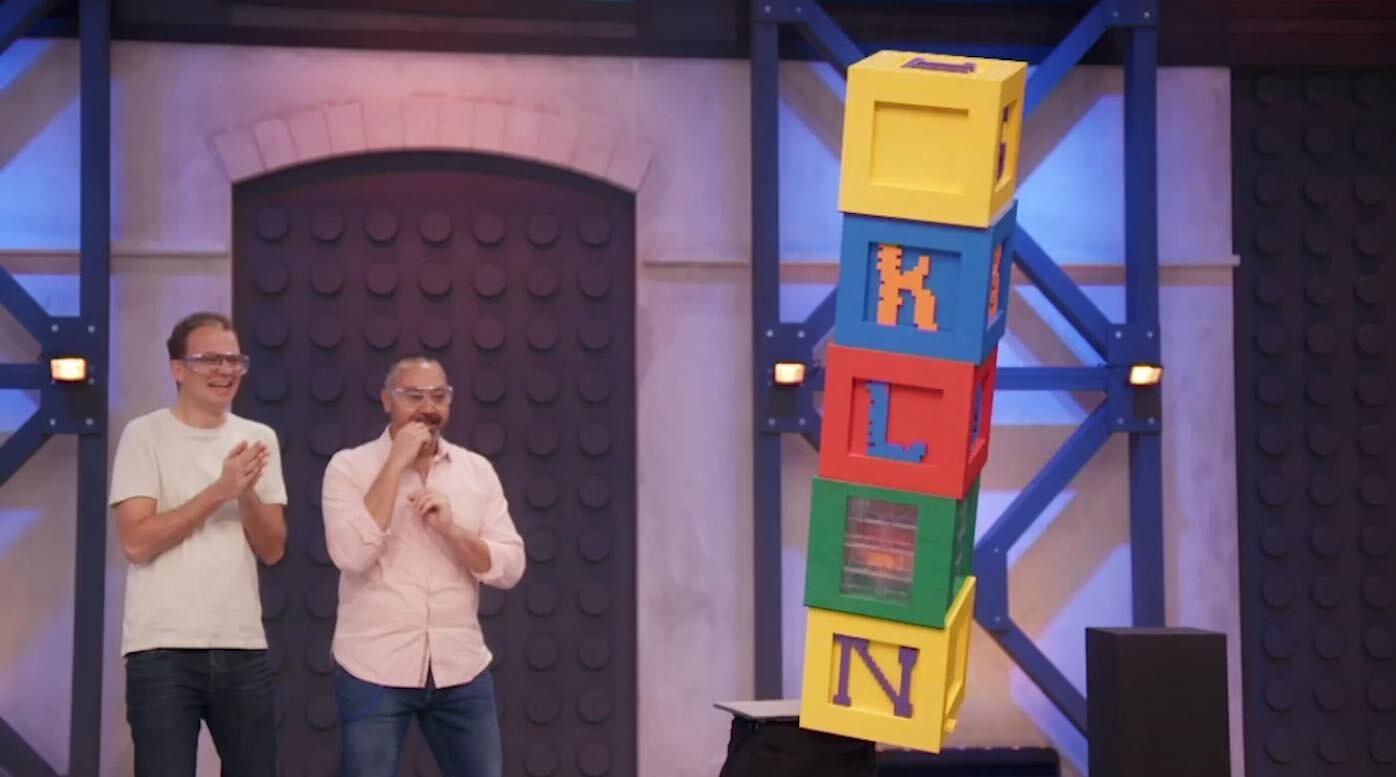Inside LEGO Masters: Netherlands and Belgium
/In this week’s “Inside LEGO Masters” article, Ernesto Lemke from LEGO Masters Netherlands and Belgium gives us an inside look at the dual-country competition, what it is like to have two hosts, how the show differs in Dutch, and what it was like filming during COVID.
While watching the first season of LEGO Masters, Marco and I jokingly said, “Let’s sign up!” Sure, I said. That’s what got the ball rolling for us and I’m sure our fellow contestants have similar stories to tell. Joke or not, that’s how we ended up inside a COVID-proof LEGO bubble for some five weeks. That fact alone made this a very special journey as one couldn’t leave the set campus until one was eliminated. We grew very close as we held a private farewell party each time a duo had to leave the show.
Unlike other international versions of LEGO Masters, ours is a two countries combined show with four teams from the Netherlands and four from the Dutch-speaking part of Belgium. Consequently, there are two hosts, each from the represented countries which also makes for a unique combination. Lastly, the head judge (aka the Brickmaster) is aided in his judgment by different professionals with specific expertise surrounding each assignment.
Now it’s time to build! Oh, how we devastated that poor Brick Shop (Brick Pit). It did take a couple of builds before we really got a sense of how and where things were sorted. In our case, Marco preferred technic LEGO and foundational pieces and I am more of an intuitive and decorative type of builder. We more or less had our own separate Brickshops within the Brickshop!
As we grew through the episodes we also grew in our methodology. The thing we had going the most was our previous experience of working together in our daily jobs as teachers for many years on a number of projects. This enabled us to cope with dilemmas and difficulties quite quickly and smoothly.
Our differences as builders was our greatest strength, but in the end, it may have cost us a spot in the finals. To be able to apply different techniques is useful when your teammate needs assistance quickly. For example, if you don’t know, understand, or “feel” what is needed, the other person is left fixing the dilemma alone. On the other hand, too much of the same skillset can end up lacking in “personality.” In our case, we can state that we made a few builds that certainly had a uniqueness to them which made them stand out, our Van Gogh topping the list.
In the end, I’m most content about the fact that we really made it the experience we wanted: we had set out to have fun and enjoy each moment, we really didn’t enter to try and win. We did set out to try and learn, and that’s exactly what we did. As the episodes progressed, so did we. We made it a rule to intently listen to the commentary of the jury, not only to the feedback we received but to what others received. But in the end, we also followed our own gut feel and made no compromises on that. Then if it was time to leave, we at least left feeling good about our build. And that we did!
What other international versions of LEGO Masters should we spotlight? Let us know in the comment section below.
Do you want to help BrickNerd continue publishing articles like this one? Become a patron to show your support, get early access, exclusive swag and more.





















